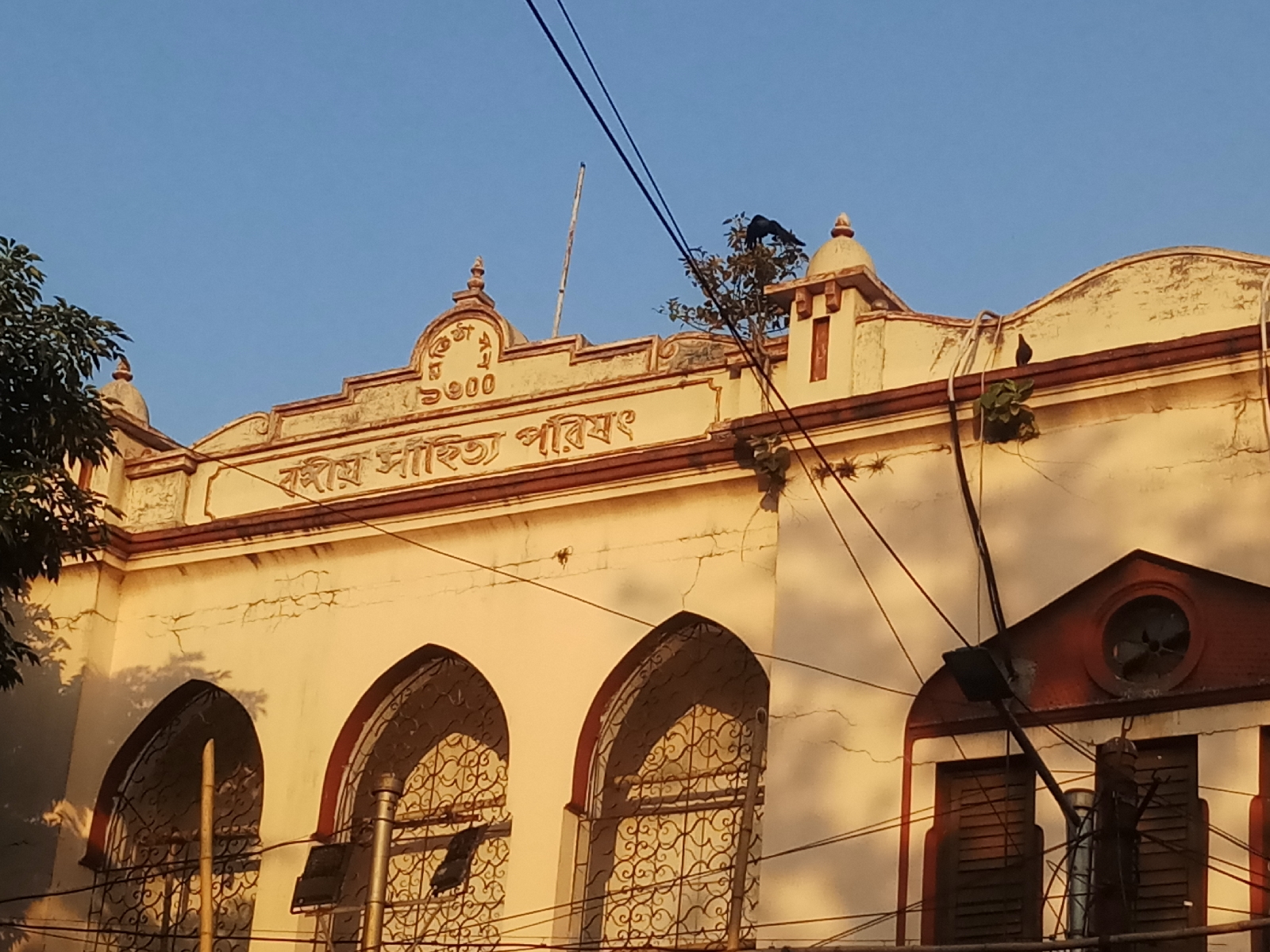A.J.C. BOSE INDIAN BOTANICAL GARDEN, SHIBPUR
 |
| Newspaper report |
 |
Building of the second herbarium |

 |
| Roxburg House |
 |
| Palm Avenue |
 |
| Original Botanical painting |
 |
| One of the oldest herbarium sheet |
 |
| Curator Building |
 |
| Overlooking the Hugli River |
 |
| A portion of the great Banyan tree |
 |
| Central National Herbarium |
 |
| Cactus House |
 |
| Branched Palm |
 |
| Ornamental flower garden |
- Founded in 1786 by Colonel Robert Kyd, Acharya Jadadish Chandra Bose Indian Botanic garden was originally named as “The Hon’ble Company’s Botanic Garden, Calcutta”. Later it was colloquially called ‘company bagan’.
- It is the oldest botanic garden in India covering an area of 109 hectares. The garden was built as a repository of exotic plants with commercial value for the East India Company.
- The emphasis was on spices smuggled in from the Dutch East Indies as the East India Company competed with the Dutch for market share in selling South and East Asian spices. The garden now has about 12,000 varieties of indigenous and exotic plants, including several rare & endangered ones, orchid house, two nurseries, palm house, cactus house, ornamental plant garden, fern house etc.
- The well known Great Banyan tree having the world’s largest canopy is found here. Till date it is known for its educational, research and extension activities. The main trunk had to be amputated in 1995 due to fungal infection. A total of 4200 prop roots stand today. The tree is said to have moving boundary due to the increase in the number of prop roots. Mulching is a common practise.
- The double coconut palm (Lodoicea maldivica) is the only one of its species in India. However the plant turned infertile due to a thunderstorm in 2010. It is a 1200 year old tree with the heaviest seed of upto 45 kg.
- The Mad tree (Pterygota alata var diversifolia) is a plant where no two leaves are identical.
- The garden has been the workplace of several world renowned botanists including J.D. Hooker and Nathaniel Wallich. The second and most prolific director of the garden William Roxburg, the author of the ‘Flora Indica’, established the herbarium in 1793, to store the dried plant specimens for botanical research. Originally, the herbarium was a part of Roxburg’s riverside residence, but the tide often damaged the plant specimens. A second herbarium was built in 1882 by Sir George King, the ex-officio Director of the Botanical Survey of India, away from the riverbank and elevated on stilts. This was the inception of the first and most extensive herbarium in south Asia. Currently known as the Central National Herbarium (shifted to a four storied state of art building in 1972), it serves as a significant role in botanical research. The herbarium has about 25 lakh specimens kept in 5 halls arranged in Betham and Hooker system of classification. The herbarium has a book of 3000 paintings. The number of Roxburg paintings (icons) is 2595 done on English wrap paper pulp and painted using natural dyes and squirrel hair brush.
- Janaki Ammal (4 November 1897 – 7 February 1984) was an Indian botanist who worked on plant breeding had made significant contribution to the develpoment of the garden.
- Different sections (about 25) are allotted for plants being brought from various parts of the contry and abroad.
- Within the premises there are 17 lakes, the largest being the Kings' Lake
 |
| Directors of the Garden |
 |
| Giant water lily (Victoria amazonica) |
 |
| Kyd's monument |
















Comments
Post a Comment